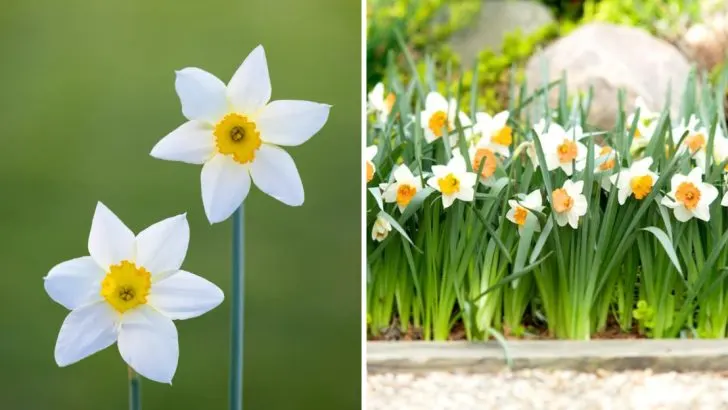Planting narcissus bulbs now is the key to enjoying their vibrant and cheerful blooms in the spring. These classic flowers are not only beautiful but also easy to grow with the right preparation and care.
From selecting healthy bulbs to choosing the perfect planting spot, following a few essential tips can make all the difference. In this guide, discover 10 expert tips to ensure your narcissus bulbs thrive and deliver a stunning display that will brighten your garden when spring arrives.
Choose the Right Location
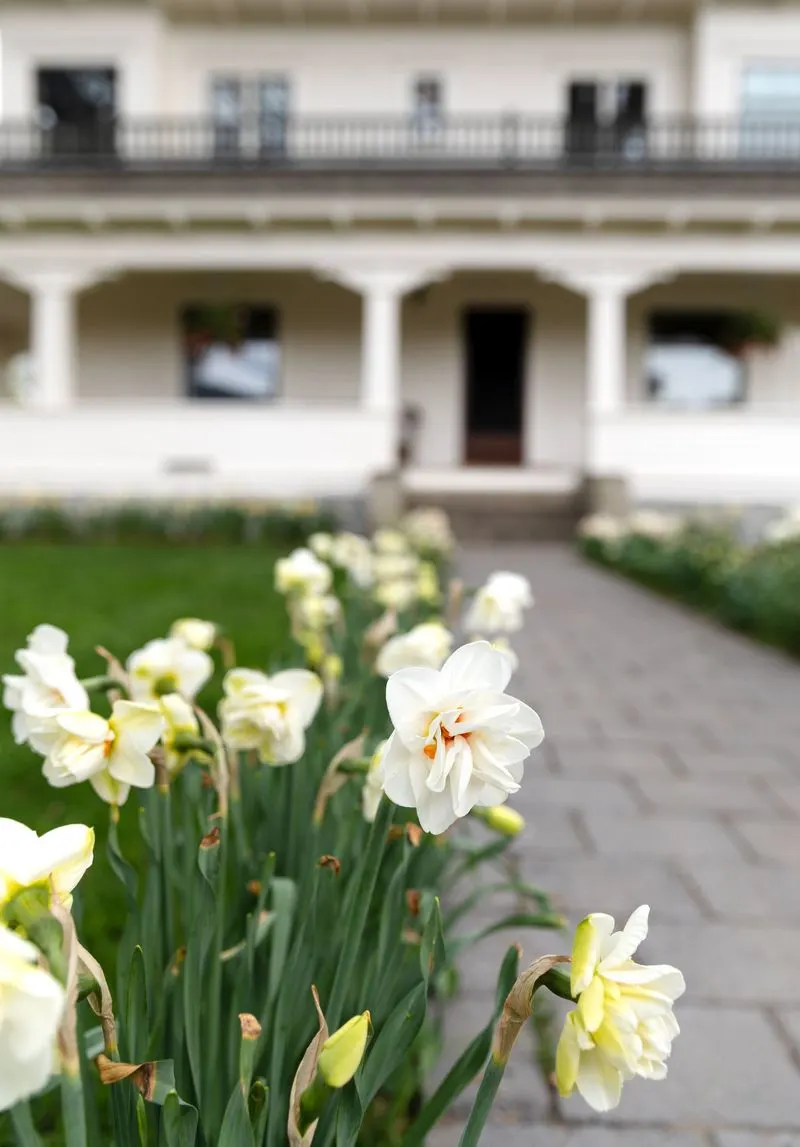
Selecting the perfect spot is crucial for Narcissus bulbs. These beauties thrive in areas with ample sunlight and well-drained soil. Avoid locations prone to waterlogging, as excessive moisture can cause rot. If your garden is shady, opt for spots with at least six hours of daily sun exposure.
Consider planting along pathways or borders where their blossoms can be admired up close. By ensuring an ideal setting, you set the stage for a successful bloom. Keep an eye on your chosen area throughout the year to ensure conditions remain favorable for growth.
Test Your Soil
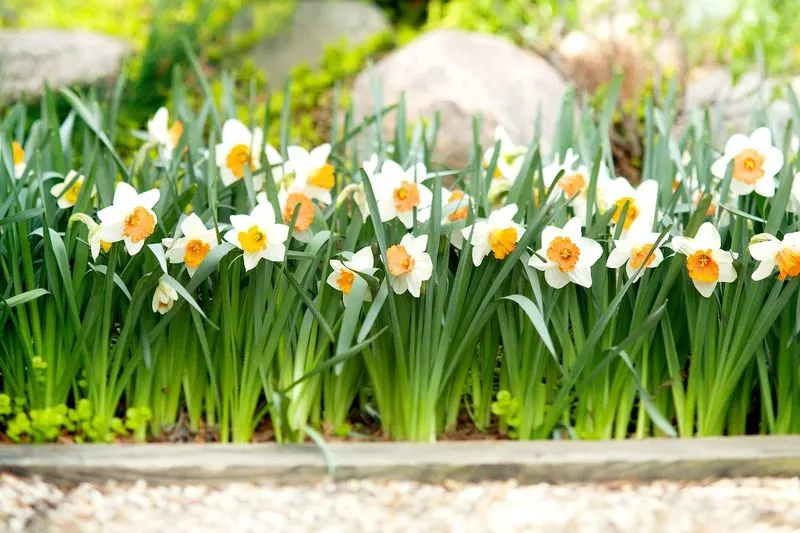
Before planting, it’s wise to check your soil’s pH and nutrient levels. Narcissus prefers slightly acidic to neutral soil with a pH of 6 to 7. Use a soil test kit to determine your garden’s condition. If adjustments are needed, consider adding lime to raise pH or sulfur to lower it.
Nutrient-rich soil supports healthy growth, so incorporate organic matter like compost or well-rotted manure. Regular testing ensures your soil remains in optimal condition, promoting vigorous blooms. Understanding your soil’s needs is a key step toward nurturing robust Narcissus.
Plant at the Right Depth
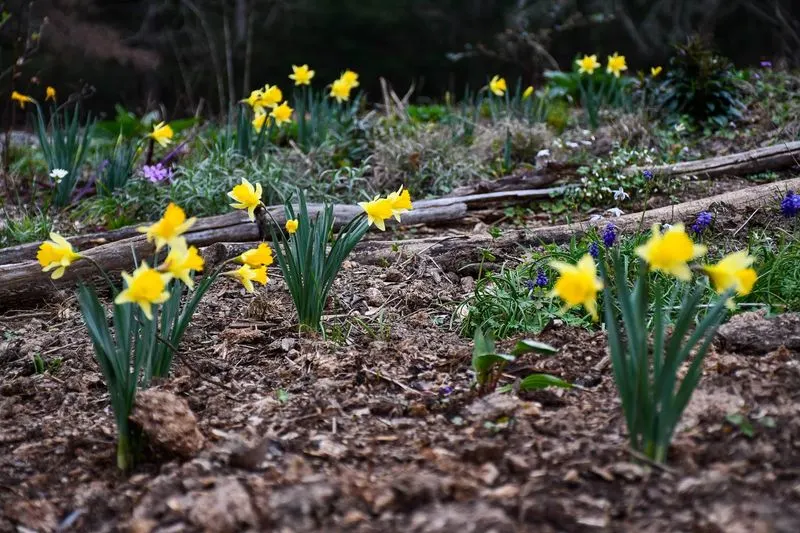
Depth plays a significant role in successful bulb planting. Narcissus bulbs should be planted three times their height deep. For most, this means about 6 inches into the soil. Planting too shallow can lead to exposure risks, while too deep may hinder growth.
Use a garden trowel for precision and measure as you go. Ensuring the correct depth protects bulbs from temperature fluctuations and pests. This foundation sets the stage for healthy root development, resulting in splendid springtime blooms. Keeping depth consistent across plantings ensures uniformity in your garden display.
Space Bulbs Strategically
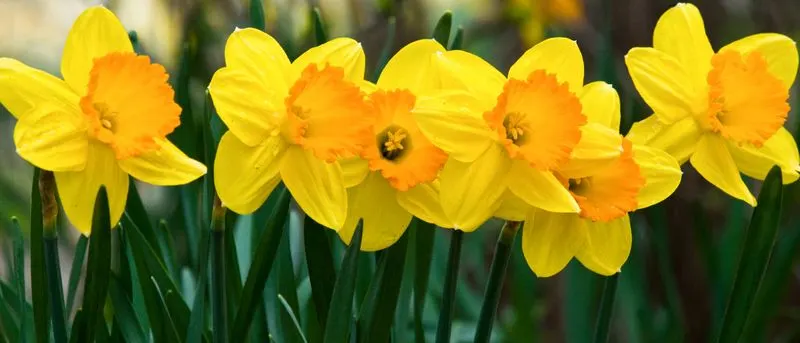
Spacing is key to a flourishing Narcissus display. Arrange bulbs about 3 to 6 inches apart, allowing room for growth and air circulation. Too close, and they may compete for nutrients; too far, and the display may seem sparse.
Plan your garden layout beforehand, considering future growth and blooming patterns. Proper spacing helps prevent disease and encourages robust flowering. Group bulbs in clusters or rows for visual impact, ensuring a balanced and captivating presentation. This thoughtful arrangement transforms your garden into a well-coordinated masterpiece.
Water Wisely
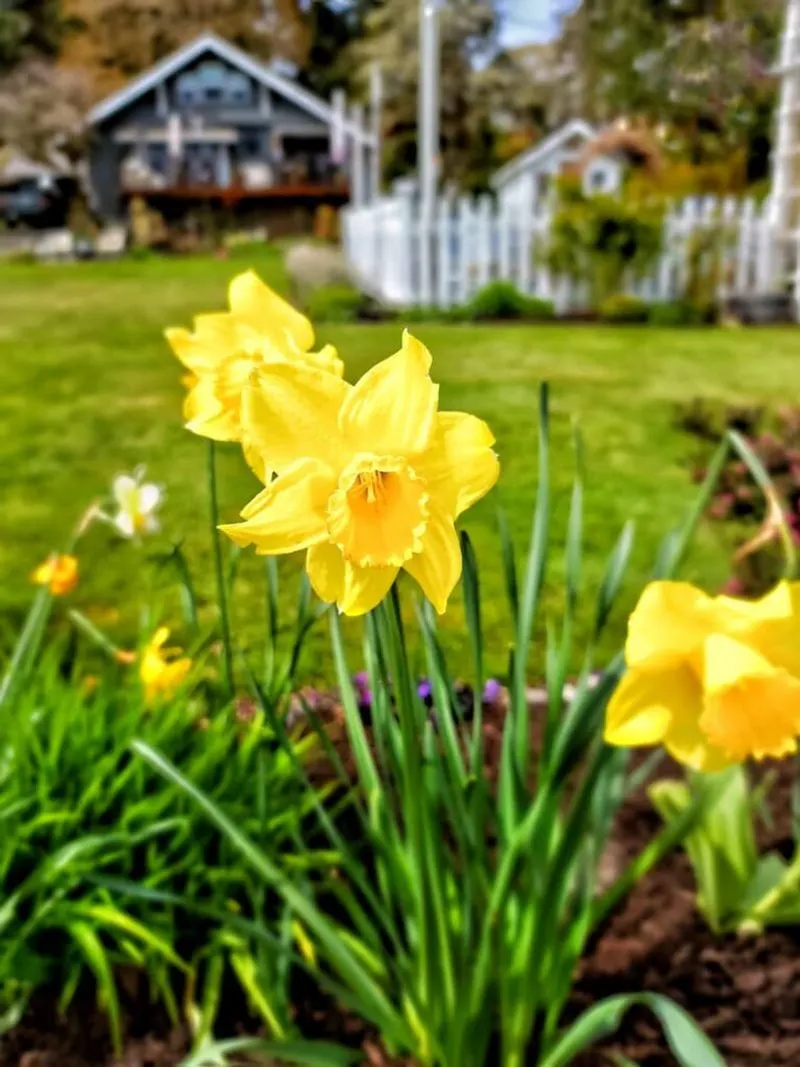
Moisture management is essential for Narcissus bulbs. After planting, give them a thorough watering to settle the soil. Maintain consistent moisture, especially during dry spells, but be cautious not to overwater. Waterlogged soil can lead to bulb rot, undermining your efforts.
Use a hose or watering can with a gentle flow to avoid disturbing the soil. Monitoring moisture levels ensures a healthy environment for root development. As the bulbs establish, they require less frequent watering, paving the way for magnificent blooms. Striking the right balance keeps your Narcissus thriving.
Mulch for Protection
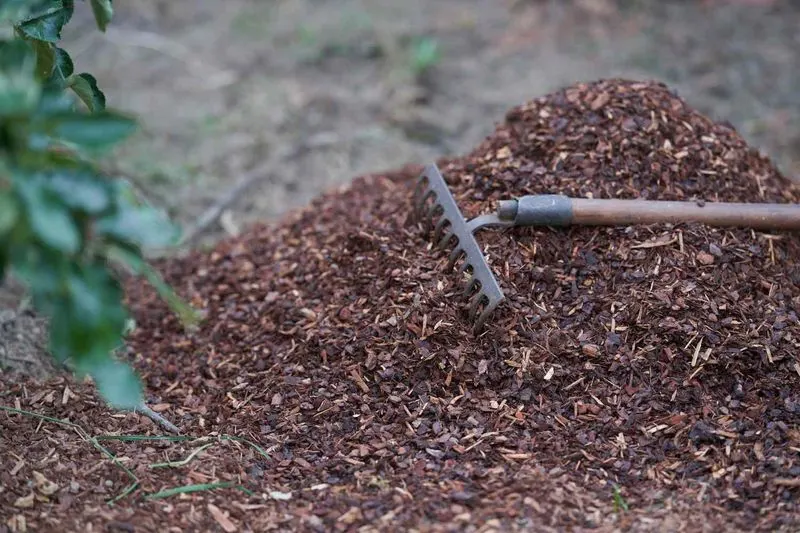
Mulching offers numerous benefits for Narcissus bulbs. A layer of organic mulch helps retain moisture, suppress weeds, and regulate soil temperature. Choose materials like shredded bark, straw, or compost, applying 2 to 3 inches over your bulb bed.
This protective barrier guards against harsh winter conditions and reduces maintenance needs. As temperatures rise, mulch helps conserve water and maintain soil health. By fostering a stable environment, you encourage strong and vibrant growth. Investing in mulch now leads to less work and more enjoyment come springtime.
Fertilize for Growth
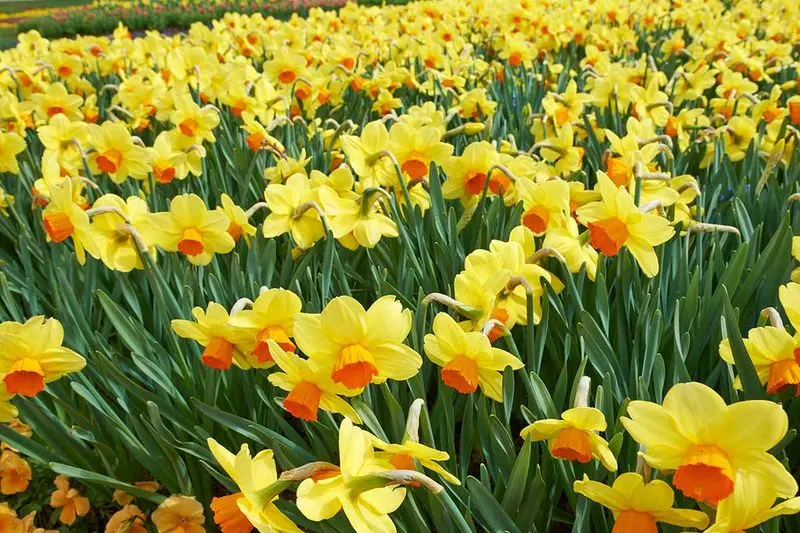
Supporting Narcissus with the right nutrients can enhance their flowering potential. Apply a balanced, slow-release fertilizer after planting to encourage strong growth. Look for formulations high in phosphorus, which supports blooming, and potassium, which strengthens roots. Avoid high-nitrogen fertilizers, as these can promote foliage over flowers.
Follow package instructions for application rates, and consider a second feeding in early spring. By providing essential nutrients, you set the stage for a dazzling display. Monitoring the health of your plants helps adjust care as needed, ensuring continuous beauty in your garden.
Protect from Pests
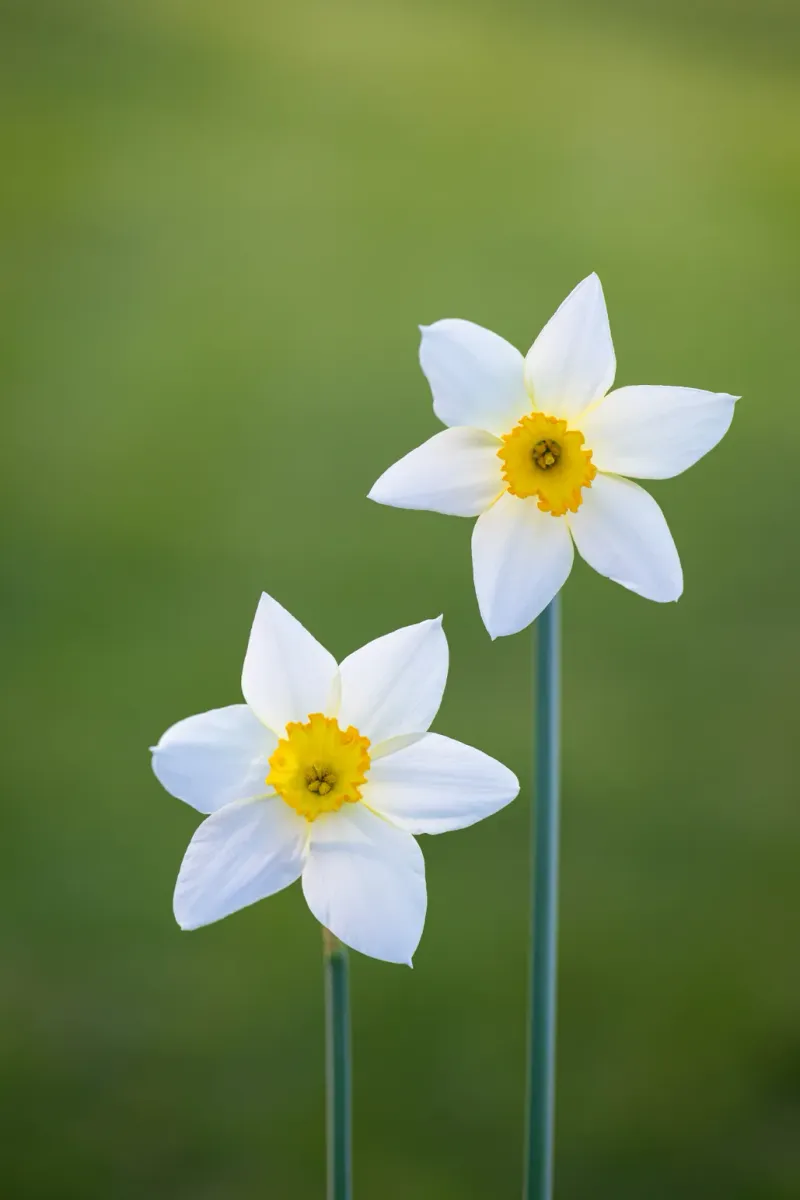
Safeguarding your Narcissus from pests ensures their beauty remains unblemished. Common threats include aphids, slugs, and bulb flies. Introduce natural deterrents like marigolds or garlic nearby to ward off unwanted visitors.
Regularly inspect your garden for signs of trouble, acting quickly if pests appear. Use organic pest control methods, such as neem oil or diatomaceous earth, to avoid harming beneficial insects. By maintaining vigilance, you protect your bulbs from damage and disease. A proactive approach guarantees a thriving and picturesque garden, filled with healthy blooms.
Label Your Plantings
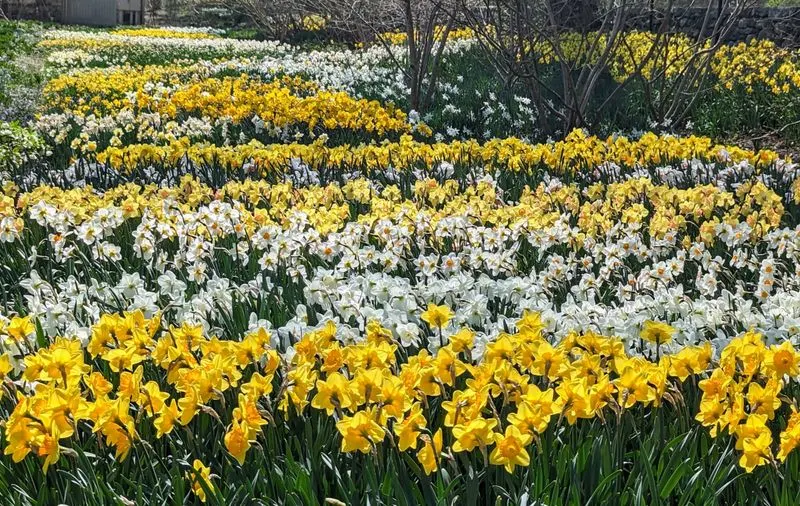
Forgetfulness is common among gardeners, especially during the busy planting season. Labeling your Narcissus bulbs ensures you remember their locations and varieties. Use weatherproof garden markers or stakes with clear, handwritten labels. This practice aids in planning future garden designs and prevents accidental disturbances.
Labels also help track bloom times and performance, allowing for adjustments in care. By organizing your plantings now, you pave the way for a visually pleasing and well-coordinated garden. This simple step saves time and effort, enhancing your gardening experience.
Plan for Successive Blooming
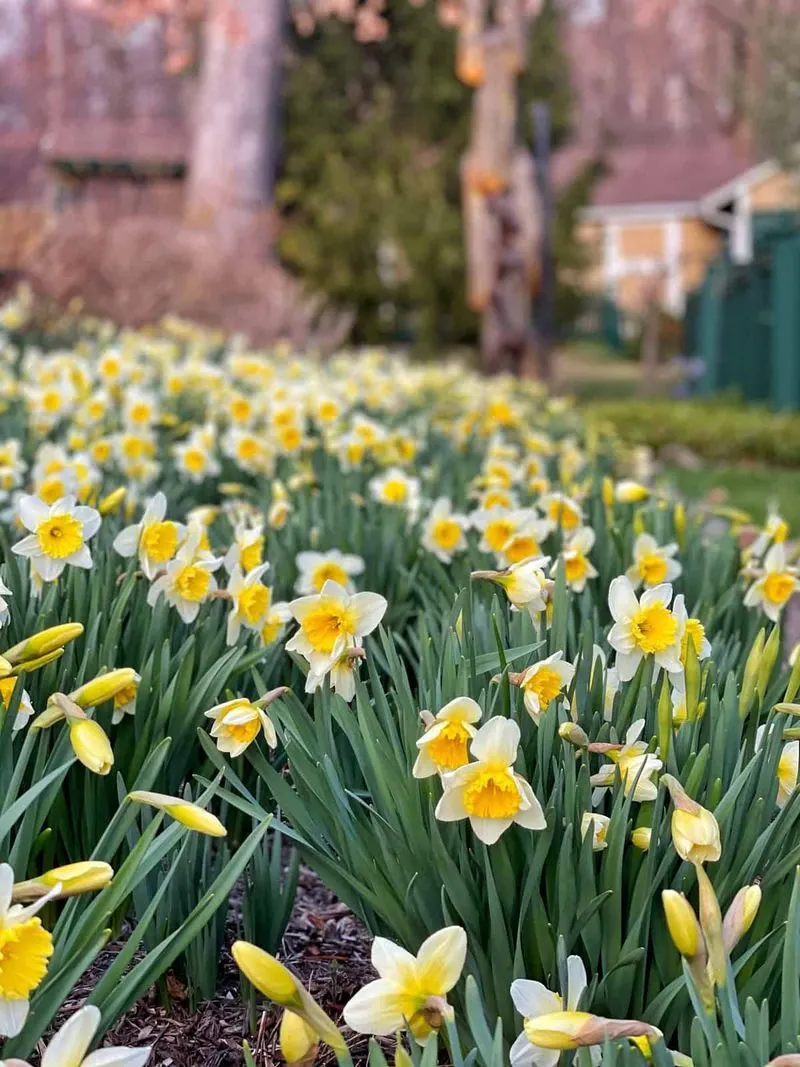
Achieving a continuous display of Narcissus blooms requires strategic planning. Select varieties with staggered bloom times, from early to late spring. This approach ensures your garden remains vibrant for an extended period. Consult catalogs or gardening guides to choose complementary types.
When planting, intersperse different varieties to create a seamless flow of color. This strategy maximizes visual appeal and keeps your garden lively throughout the season. Thoughtful planning rewards you with a dynamic tapestry of flowers, captivating all who visit. By organizing now, you set the stage for endless garden enjoyment.

